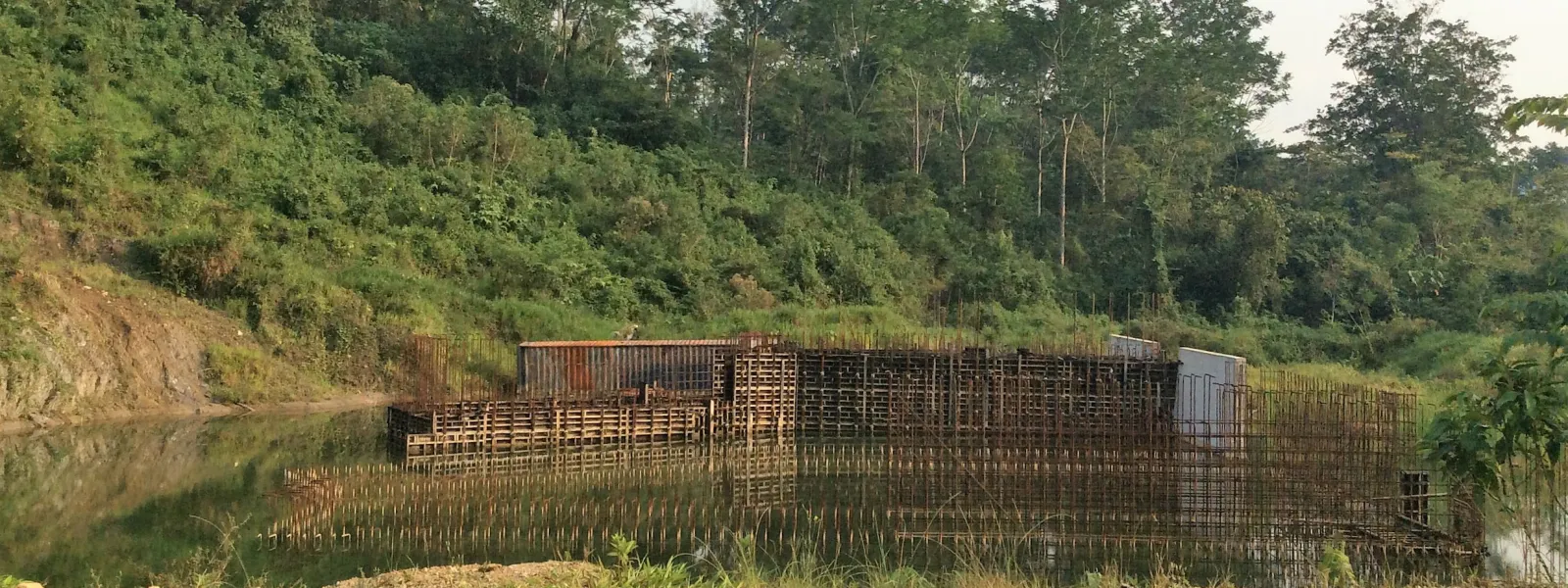
AIDA respalda demanda de comunidades de Guatemala contra represa Pojom II
Foto: Liliana Ávila / AIDA.Presentamos ante la Corte Suprema de Justicia de ese país un escrito que evidencia el incumplimiento de obligaciones internacionales en materia de ambiente y derechos humanos en la autorización y construcción del proyecto hidroeléctrico.
Ciudad de Guatemala, Guatemala. En respaldo a las demandas de amparo interpuestas por miembros de comunidades de la microrregión de Ixquisis, Huehuetenango, afectadas por el proyecto hidroeléctrico Pojom II, la Asociación Interamericana para la Defensa del Ambiente presentó un escrito (Amicus Curiae) ante la Corte Suprema de Justicia. En él evidenciamos las obligaciones internacionales en materia ambiental y de derechos humanos incumplidas en el proceso de autorización y construcción de la represa.
“La construcción de la hidroeléctrica fue autorizada sin haberse realizado una consulta previa, libre e informada que permitiera a la población afectada, en su mayoría indígena, otorgar su consentimiento a una actividad que les afecta directamente”, explicó Liliana Ávila, abogada de AIDA. “La consulta, el consentimiento y la participación son derechos humanos individuales y colectivos que están garantizados por tratados internacionales ratificados por Guatemala”.
El proyecto Pojom II está financiado por el BID Invest, brazo privado del Grupo del Banco Interamericano de Desarrollo. Fue autorizado pese a que el estudio de impacto ambiental presentado por la empresa promotora incumplió estándares nacionales e internacionales. No fue realizado por una entidad independiente ni bajo la supervisión del Estado, no respetó las tradiciones y cultura de las comunidades indígenas afectadas y no tomó en cuenta los impactos acumulativos de la concentración de proyectos hidroeléctricos en la zona.
“Esos proyectos no representan beneficios para las comunidades y, por el contrario, causan daños irreversibles a sus medios de subsistencia y modos de vida tradicionales al afectar fuentes de agua y otros entornos naturales”, señaló Ávila. “Generan además situaciones de grave conflictividad social”.
En el escrito presentado por AIDA se detallan las obligaciones internacionales incumplidas por el Estado de Guatemala respecto al proyecto Pojom II. Entre ellas están las contenidas en la Convención Americana sobre Derechos Humanos, el Protocolo de San Salvador, el Convenio 169 de la Organización Internacional del Trabajo sobre pueblos indígenas y tribales en países independientes y otras que hacen parte del Derecho internacional ambiental.
“Las demandas de amparo presentadas por las comunidades son una oportunidad para que el gobierno suspenda el proyecto por los graves daños causados”, dijo Ávila. “Y en nuestro escrito apoyamos esa acción al demostrar la responsabilidad del Estado en el incumplimiento de normas internacionales”.
Contacto de prensa:
Victor Quintanilla, AIDA (México), [email protected], +521 5570522107
